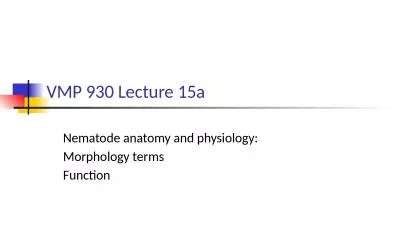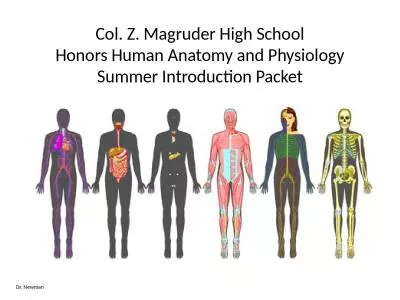PPT-Study Strategies for Anatomy & Physiology (A&P)
Author : adia | Published Date : 2023-12-30
Agenda What to expect in AampP Getting prepared How to study Resources What to expect in AampP What to expect BIOL 2201 amp 2202 are prerequisite courses for many
Presentation Embed Code
Download Presentation
Download Presentation The PPT/PDF document "Study Strategies for Anatomy & Physi..." is the property of its rightful owner. Permission is granted to download and print the materials on this website for personal, non-commercial use only, and to display it on your personal computer provided you do not modify the materials and that you retain all copyright notices contained in the materials. By downloading content from our website, you accept the terms of this agreement.
Study Strategies for Anatomy & Physiology (A&P): Transcript
Download Rules Of Document
"Study Strategies for Anatomy & Physiology (A&P)"The content belongs to its owner. You may download and print it for personal use, without modification, and keep all copyright notices. By downloading, you agree to these terms.
Related Documents

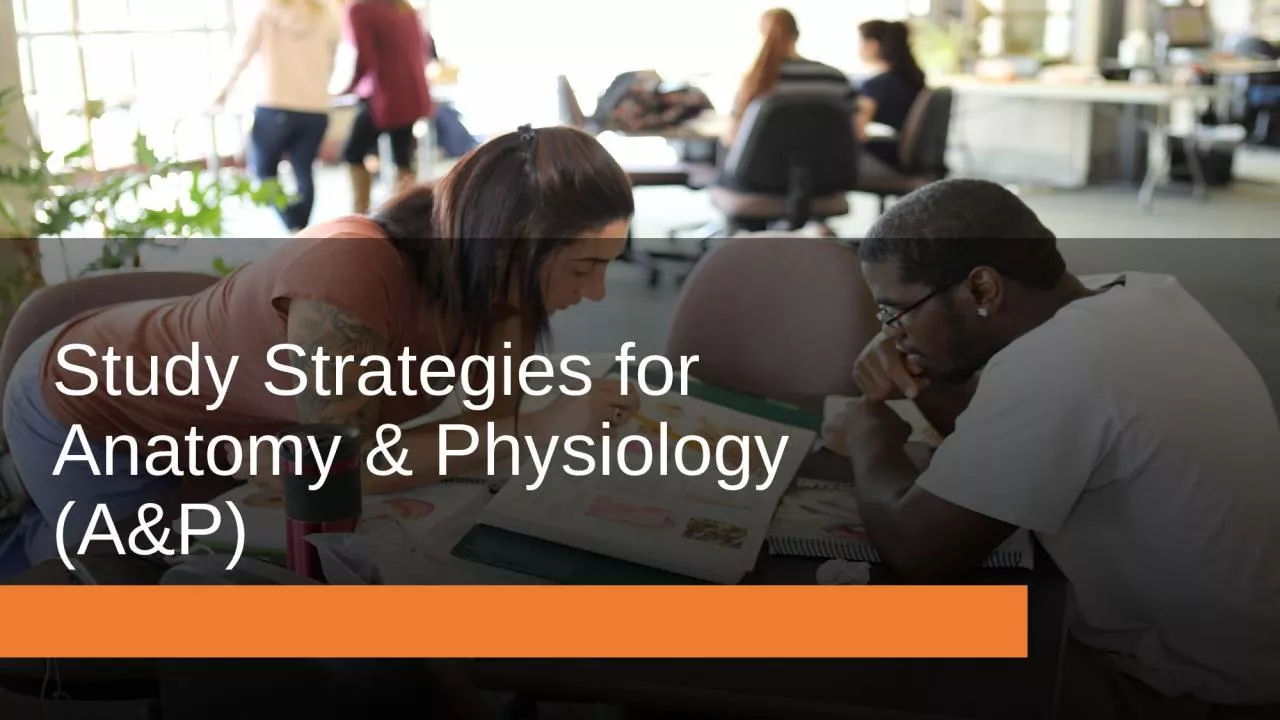
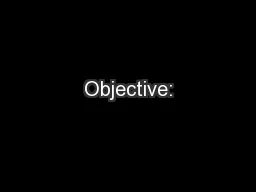
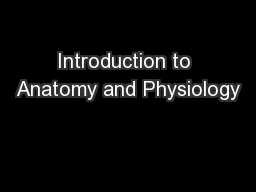
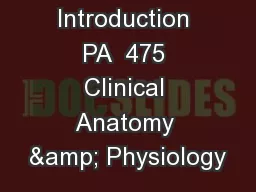
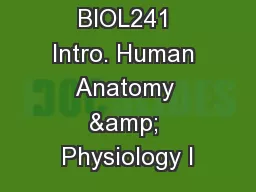
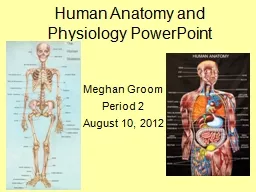

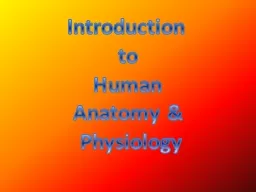
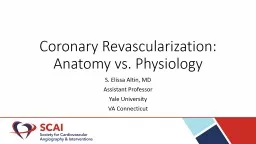
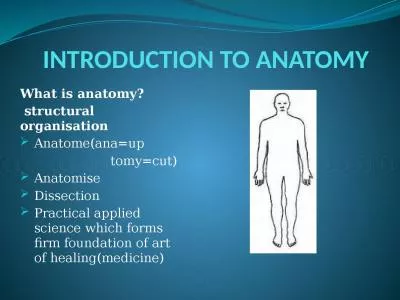
![[EBOOK] Anatomy Physiology Made Easy: An Illustrated Study Guide for Students To Easily](https://thumbs.docslides.com/1005765/ebook-anatomy-physiology-made-easy-an-illustrated-study-guide-for-students-to-easily-learn-anatomy-and-physiology.jpg)

